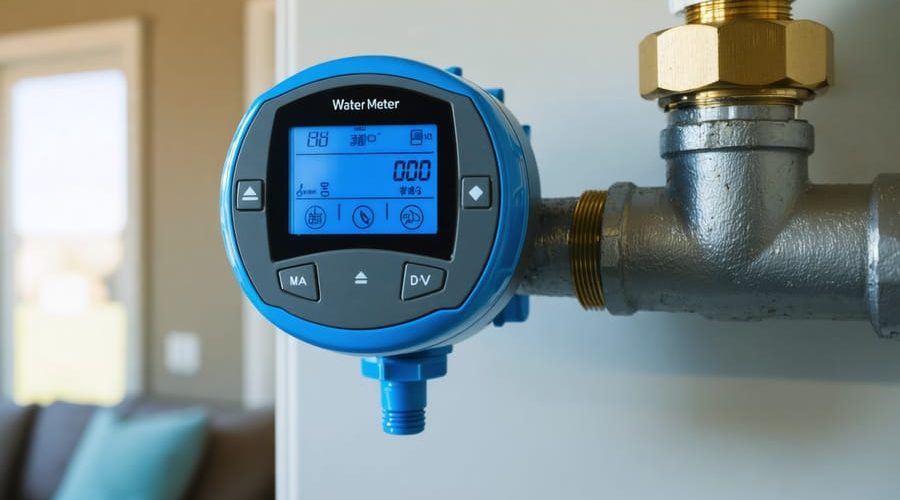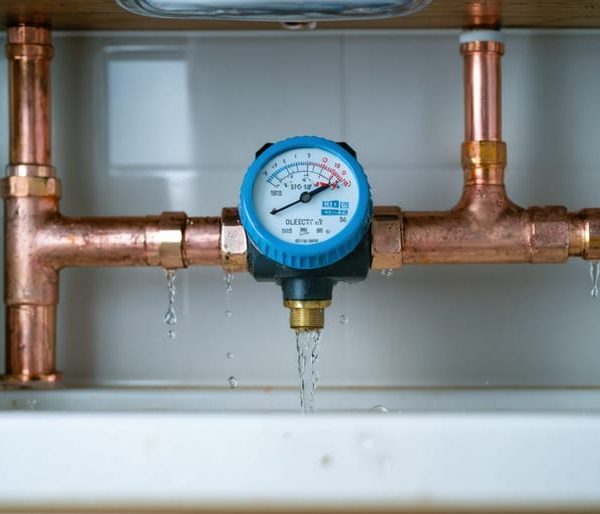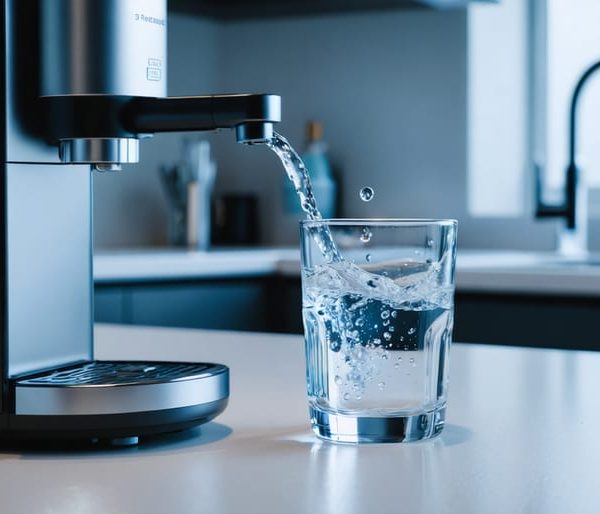Smart water technology is revolutionizing how we manage our most precious resource, bringing intelligence and automation to everyday water consumption. By integrating advanced sensors, real-time monitoring systems, and data analytics, smart water solutions transform traditional plumbing into an interconnected network that actively monitors, controls, and optimizes water usage.
Imagine a system that can detect leaks before they become catastrophic, automatically adjust water pressure based on demand, and provide detailed insights about your household’s water consumption patterns – all from your smartphone. This isn’t science fiction; it’s the reality of today’s smart water management systems, which are helping homeowners save money, conserve resources, and protect their properties from water damage.
As climate change and water scarcity become increasingly pressing concerns, smart water technology offers a practical solution for sustainable water management. These systems represent the intersection of environmental responsibility and modern convenience, enabling households to maintain comfortable lifestyles while significantly reducing their water footprint and utility bills.
Whether you’re a tech-savvy homeowner looking to modernize your property or an environmentally conscious individual seeking ways to minimize your resource consumption, understanding smart water systems is the first step toward more efficient, sustainable water management.
What Makes Water ‘Smart’?
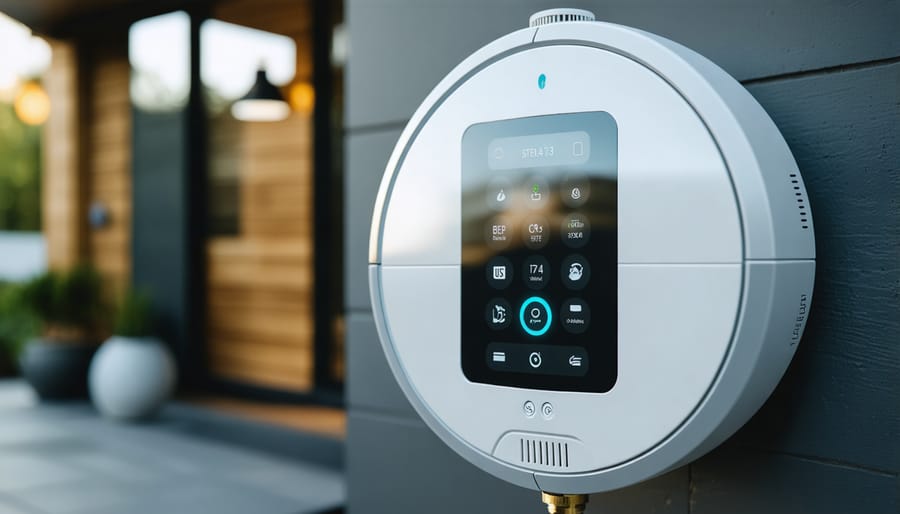
Smart Sensors and IoT Integration
Modern smart water systems rely on a network of advanced sensors and Internet of Things technology to monitor and manage water usage in real-time. These sensors detect various parameters including flow rate, pressure, temperature, and water quality. When connected to a central system through wireless networks, they create a comprehensive monitoring solution that helps homeowners track and optimize their water consumption.
The sensors work continuously, collecting data that can identify potential issues like leaks, unusual usage patterns, or quality concerns before they become major problems. This integration with smart home integration allows homeowners to receive instant alerts on their smartphones and take immediate action when necessary.
Common sensor types include flow meters that measure water usage, pressure sensors that detect pipe problems, and quality sensors that monitor contaminants and chemical composition. These devices communicate with each other and your home’s central system, providing detailed insights through user-friendly apps and dashboards. This technology makes it easier than ever for homeowners to maintain efficient water usage while ensuring their water supply remains safe and clean.
Real-Time Monitoring and Analytics
Smart water systems employ advanced sensors and monitoring devices that continuously collect data about water usage, quality, and flow patterns throughout your home. These sensors measure various parameters like water pressure, temperature, pH levels, and consumption rates in real-time, giving you unprecedented insight into your household’s water dynamics.
The collected data is processed through sophisticated analytics platforms that transform raw numbers into meaningful information. Modern smart water systems can detect unusual patterns that might indicate leaks, predict maintenance needs, and provide detailed reports about your water consumption habits. Many systems offer user-friendly mobile apps or web interfaces that display this information through easy-to-understand graphs and charts.
This real-time monitoring capability allows homeowners to make informed decisions about their water usage and respond quickly to potential issues. For instance, you can receive instant alerts if there’s unusual water flow when you’re away from home or if water quality parameters fall outside normal ranges. The system can also provide personalized recommendations for water conservation based on your household’s specific usage patterns, helping you maintain both efficiency and sustainability in your daily water consumption.
Key Features of Smart Water Management Systems
Leak Detection and Prevention
One of the most valuable features of smart water systems is their ability to detect and prevent water leaks before they become major problems. These systems use a network of advanced sensors and monitoring devices that continuously track water flow patterns throughout your home’s plumbing network. When unusual water usage patterns are detected, the system immediately alerts homeowners through smartphone notifications or email.
Smart leak detection works by establishing baseline water consumption patterns for your household. Any sudden spikes in water usage, constant flow during typically inactive periods, or unusual pressure changes trigger the system’s alert protocols. Some advanced systems can even automatically shut off your water supply when a significant leak is detected, preventing costly water damage and waste.
These intelligent systems can identify various types of leaks, from small drips in faucets to major pipe bursts. They’re particularly effective at catching hidden leaks in walls, under floors, or in outdoor irrigation systems that might otherwise go unnoticed for months. Many smart water systems also provide detailed analytics about water consumption patterns, helping homeowners identify potential inefficiencies and optimize their water usage.
The preventive aspect of these systems extends beyond mere detection. Regular monitoring can identify early warning signs of potential plumbing issues, such as gradual pressure changes or intermittent flow anomalies, allowing homeowners to address problems before they escalate into emergencies.
Water Quality Monitoring
Modern smart water systems incorporate advanced sensors that continuously monitor water quality parameters in real-time. These intelligent sensors measure crucial factors like pH levels, chlorine content, turbidity, and the presence of harmful contaminants. Think of it as having a 24/7 water quality laboratory right in your plumbing system.
The monitoring process works through a network of strategically placed sensors throughout your water system. These devices collect data and transmit it to a central control unit or your smartphone, allowing you to track water quality metrics instantly. When any parameter falls outside the safe range, the system alerts you immediately, helping prevent potential health risks before they become serious issues.
Beyond basic quality measurements, smart water monitoring systems can detect unusual patterns that might indicate problems like bacterial growth, chemical contamination, or pipe corrosion. This predictive capability helps homeowners address water quality issues proactively rather than reactively.
For environmentally-conscious households, these systems provide detailed insights into water composition and purity levels, enabling informed decisions about water treatment needs. Some advanced systems even integrate with water filtration units, automatically adjusting treatment processes based on real-time quality data.
The technology also helps reduce waste by ensuring that water treatment resources are used only when necessary, making it both eco-friendly and cost-effective for homeowners.
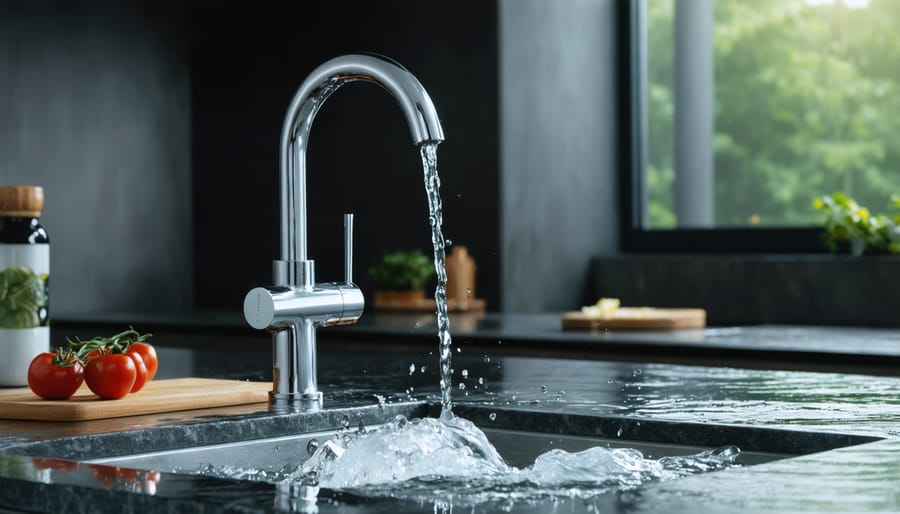
Consumption Tracking and Analysis
Smart water systems revolutionize how we monitor and understand our water consumption through advanced tracking and analytical capabilities. These systems use smart meters and sensors to collect real-time data about water usage patterns throughout your home, providing detailed insights through user-friendly mobile apps or web interfaces.
The technology allows homeowners to track water consumption by specific fixtures and appliances, showing exactly where and when water is being used. This granular monitoring helps identify potential leaks, inefficient appliances, or wasteful habits that might otherwise go unnoticed. For instance, you might discover that your irrigation system is using excessive water during rainy periods or that a toilet is continuously running.
Most smart water systems provide daily, weekly, and monthly consumption reports, making it easy to spot trends and anomalies. They often include features like customizable alerts that notify you when usage exceeds normal patterns or when unusual flow is detected. Some systems even integrate with smart home platforms to automatically adjust water usage based on your preferences and schedule.
The analysis tools help homeowners make informed decisions about water conservation. By understanding your consumption patterns, you can implement targeted improvements, whether it’s upgrading to water-efficient appliances or adjusting your daily routines. Many systems also offer comparison features, allowing you to benchmark your usage against similar households in your area, promoting conscious consumption and sustainable water use.
Benefits for Homeowners
Cost Savings and Efficiency
Smart water systems deliver significant financial benefits while optimizing resource usage for both households and communities. The implementation of these systems typically results in water bill reductions of 15-30% through automated leak detection and improved consumption monitoring. Real-time data analysis helps identify wasteful water usage patterns, allowing homeowners to make immediate adjustments rather than discovering problems after receiving a high monthly bill.
The efficiency gains extend beyond direct water savings. Smart meters and automated systems reduce the need for manual meter readings, cutting down on operational costs for utility companies, which often translates to lower service fees for consumers. Additionally, preventive maintenance alerts help avoid costly emergency repairs by identifying potential issues before they become major problems.
For municipalities, smart water infrastructure dramatically reduces water loss from aging systems. Cities implementing these technologies report recovery of up to 40% of previously lost water revenue through early leak detection and repair. The system’s ability to optimize water pressure and flow rates also reduces energy consumption in pumping and treatment facilities, creating a cascade of cost savings throughout the entire water distribution network.
These financial benefits make smart water systems an attractive investment for both individual homeowners and communities, with most installations paying for themselves within 2-3 years through reduced consumption and maintenance costs.
Environmental Impact
Smart water systems play a crucial role in environmental conservation by optimizing water usage and reducing waste. These intelligent solutions contribute significantly to water conservation strategies through real-time monitoring and automated adjustments, helping households minimize their environmental footprint.
By detecting leaks promptly and managing water pressure efficiently, smart water systems can reduce water waste by up to 30% in typical households. This conservation directly translates to lower energy consumption since less water needs to be treated, heated, and pumped throughout the home. The reduced energy usage leads to decreased carbon emissions and a smaller overall environmental impact.
Smart water technology also supports sustainable landscaping practices through intelligent irrigation systems that consider weather conditions, soil moisture levels, and plant needs. These systems prevent overwatering and ensure optimal resource utilization, protecting both water resources and local ecosystems.
Furthermore, the data collected by smart water systems helps communities better understand their water consumption patterns, enabling more effective long-term environmental planning. By providing detailed usage analytics, these systems empower homeowners to make informed decisions about their water consumption and inspire more sustainable habits.
The adoption of smart water technology represents a significant step toward creating more environmentally responsible households and communities, ensuring water resources are preserved for future generations.
Implementation Considerations
System Requirements
To implement a smart water system in your home, you’ll need several essential components working together seamlessly. At the basic level, you’ll require a stable Wi-Fi connection with adequate coverage throughout your property, as most smart water devices communicate through wireless networks. Your internet speed should be at least 2.4 GHz, though some advanced systems may require 5 GHz networks for optimal performance.
For hardware requirements, you’ll need compatible smart water meters or sensors that can integrate with your existing plumbing system. Most modern homes built after 2000 can accommodate these devices without major modifications. However, older homes might require some plumbing updates to ensure compatibility.
Your smartphone or tablet should run on iOS 11.0 or later, or Android 6.0 or higher to support the necessary mobile apps. Additionally, if you’re planning to integrate your smart water system with a home automation hub, ensure it’s compatible with popular platforms like Amazon Alexa, Google Home, or Apple HomeKit.
Storage capacity for data logging varies by system, but typically requires at least 1GB of free space on your mobile device. For comprehensive monitoring, consider a dedicated hub with at least 8GB of storage for historical data tracking and analysis.
Most systems operate on standard household electrical systems (110-240V), though some sensors may use batteries with an average life span of 1-2 years. It’s recommended to have a backup power supply to maintain system functionality during power outages.
Integration with Existing Systems
Smart water systems are designed to integrate seamlessly with existing home plumbing systems, making the transition to smart water management relatively straightforward for most households. The integration process typically begins with the installation of smart water meters and sensors at key points throughout your plumbing infrastructure.
These devices connect to your existing pipes and fixtures without requiring major renovations or replacements. Most smart water components use standard fittings and can be installed by qualified plumbers during routine maintenance visits. The sensors and monitoring equipment communicate wirelessly with a central hub or controller, which can be easily mounted on a wall or placed in a utility area.
The smart technology layer works alongside your conventional water system, enhancing its functionality rather than replacing it entirely. For example, leak detection sensors can be attached to existing pipes, while smart faucet attachments can be fitted to standard taps. This modular approach allows homeowners to implement smart water features gradually, starting with essential components and expanding the system over time.
Modern smart water systems are also designed to work with various home automation platforms, including popular smart home assistants. This compatibility ensures that your water management system can become part of a broader home automation strategy, offering convenient control through smartphone apps and voice commands.
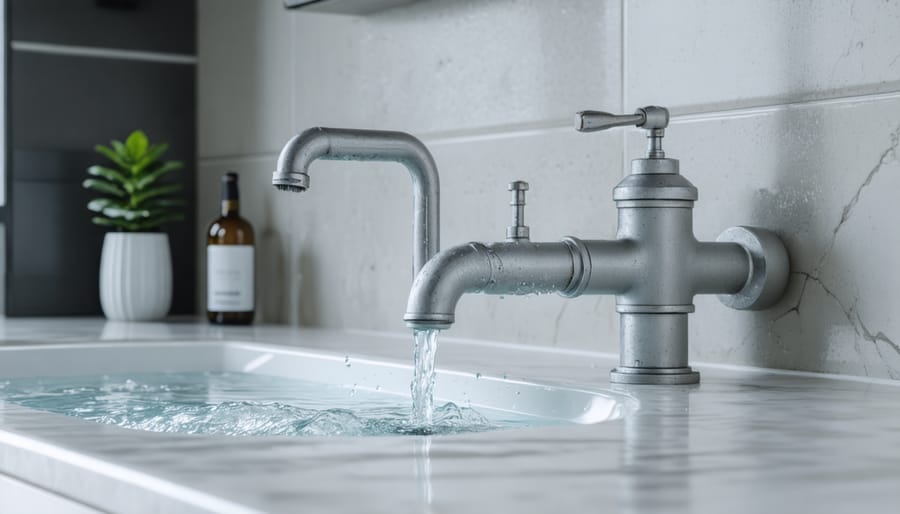
Smart water management represents a crucial step forward in our journey toward sustainable living and resource conservation. As water scarcity becomes an increasingly pressing global concern, the integration of smart water technologies offers hope for a more efficient and environmentally conscious future. By embracing these innovative solutions, homeowners can significantly reduce their water consumption, lower utility bills, and contribute to environmental preservation. The future of smart water management looks promising, with ongoing developments in IoT technology, artificial intelligence, and data analytics promising even more sophisticated and user-friendly solutions. As these systems become more accessible and affordable, they will play an increasingly vital role in shaping how we use and conserve our most precious resource. Making the switch to smart water management isn’t just a technological upgrade – it’s an investment in our planet’s future and a commitment to responsible resource stewardship.
